 |
| City People's Council delegates voted to pass the resolution at the 10th Session. |
Decisions that are suitable for practice
Four thematic sessions, one regular session held, along with 77 Resolutions passed up to this point are enough numbers to speak of the dynamism and high intensity of work of the City People's Council, but the important thing is not the quantity, but the quality of transformation. From the parliament to the scene, words have become actions. The Resolutions do not stop at the scope of administrative management or public investment, but cover many practical areas such as social housing development, urban planning, heritage conservation, ethnic policies, social security, agricultural support and national target programs. Each Resolution passed is like a "conductor" transmitting motivation to the government apparatus and the entire grassroots political system.
One of the typical examples of this transformation is Resolution 46/NQ-HDND, dated June 20, 2025 of the People's Council of Hue City on adjusting and supplementing the medium-term public investment plan. Thanks to this Resolution, the city has flexibly reallocated budget savings, prioritizing urgent public works, especially in suburban areas, where urbanization is taking place at a rapid pace but infrastructure has not kept up. For example, Resolution 33/NQ-HDND, dated April 25, 2025 on supporting the construction and renovation of houses for people with revolutionary contributions. What is noteworthy is not only the humane content, but also the speed of action that followed. The City People's Committee quickly issued an implementation plan. Working groups were established, records were reviewed, and each house was gradually repaired and rebuilt with public resources and the political responsibility of policy makers.
In the context of the city implementing a two-level local government model, the important highlight in recent resolutions of the Hue City People's Council is the group of contents on organizational structure and management decentralization. Resolution No. 11/2025/NQ-HDND passed at the 24th Special Session has truly removed the long-standing bottleneck in budget division between the city and ward levels. The new mechanism allows wards to be more proactive in spending, especially in environmental work, urban order and land management, areas that are highly local in nature and cannot rely solely on coordination from higher levels. This is a strong step in administrative reform, not only rearranging the organization but also repositioning the role of the grassroots level in performing state management functions.
At the 10th Session, the City People's Council continued to synchronize policies with the new legal framework, when amending Resolutions related to the land sector to comply with the 2024 Land Law and the 2025 amended Law on Organization of Local Government. Resolutions No. 32, 34/2024/NQ-HDND and 04/2025/NQ-HDND were adjusted to update the authority from the district level to the commune level, while restructuring specialized agencies in a more streamlined and effective direction. The authority to support residential land for ethnic minorities was also assigned to the commune level, which is closer to the people, understands the people better and handles the process faster. These changes are not simply institutional techniques, but reflect a new vision of urban governance: Taking the effectiveness of serving the people as the highest evaluation criterion.
Tools to serve the people
Of course, no matter how good a resolution is, it can become meaningless if it is not monitored and not seriously implemented. This is the reason why the City People's Council pays great attention to post-audit work. In the first half of 2025, the Standing Committee of the City People's Council organized a thematic monitoring session and coordinated more than 20 monitoring sessions at the grassroots level. Many shortcomings were pointed out: slow disbursement of public investment, lack of synchronous inter-sectoral coordination, newly merged localities are still confused in the 2-level local government model. But the important thing is that the monitoring conclusion is not just for information, but for action. The recommendations of the People's Council have been accepted by the City People's Committee, and a specific plan to overcome them has been made in the last 6 months of the year. In that cycle, monitoring is no longer a formality, but a tool to sharpen implementation capacity.
The life of Resolution is also measured by the distance between the government and the people. With more than 130 opinions and recommendations from voters received in the first half of 2025, of which 70% were related to infrastructure, planning and social security, the City People's Council has shown the real role of elected representatives. When people see that their opinions do not fall into a void, when they hear clear commitments on progress and responsibility, trust and consensus are raised and Resolution, though dry, becomes a bridge connecting the government and the people.
The elected body is affirming a comprehensive approach, where economic growth goes hand in hand with cultural preservation, improving material life is closely linked with caring for spiritual life. And above all, in each issued decision, we can see the image of a government that dares to think, dares to do, dares to take responsibility, where Resolutions are a real tool to serve the People.
Source: https://huengaynay.vn/chinh-tri-xa-hoi/tu-nghi-truong-den-thuc-tien-156902.html


![[Photo] Prime Minister Pham Minh Chinh attends the World Congress of the International Federation of Freight Forwarders and Transport Associations - FIATA](https://vphoto.vietnam.vn/thumb/1200x675/vietnam/resource/IMAGE/2025/10/08/1759936077106_dsc-0434-jpg.webp)




![[Photo] Prime Minister Pham Minh Chinh inspects and directs the work of overcoming the consequences of floods after the storm in Thai Nguyen](https://vphoto.vietnam.vn/thumb/1200x675/vietnam/resource/IMAGE/2025/10/08/1759930075451_dsc-9441-jpg.webp)



























![[Photo] Closing of the 13th Conference of the 13th Party Central Committee](https://vphoto.vietnam.vn/thumb/1200x675/vietnam/resource/IMAGE/2025/10/08/1759893763535_ndo_br_a3-bnd-2504-jpg.webp)


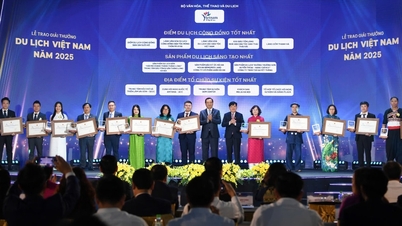





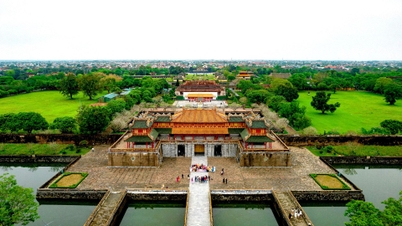





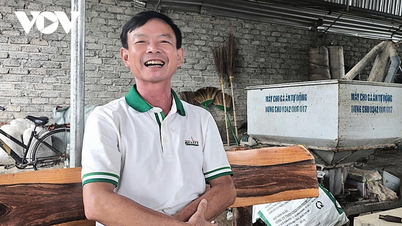





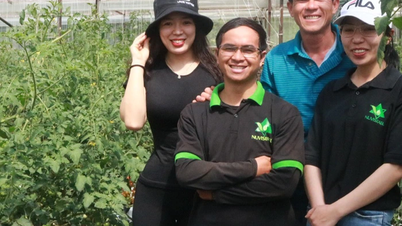


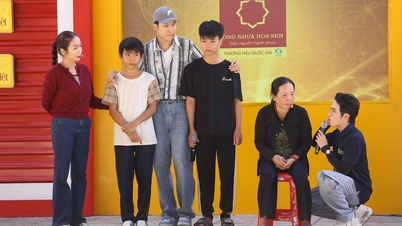
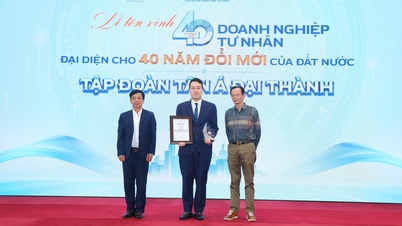

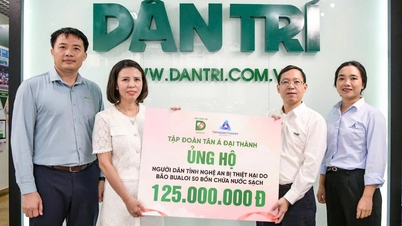


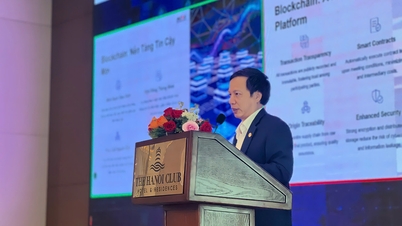







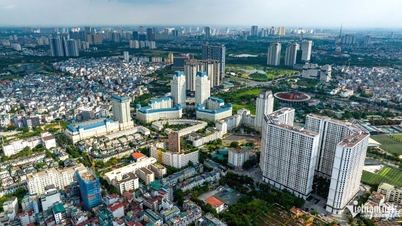





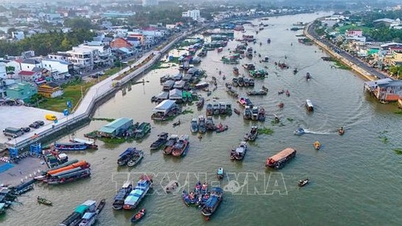
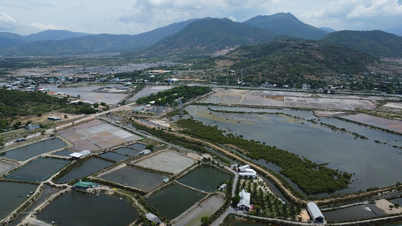




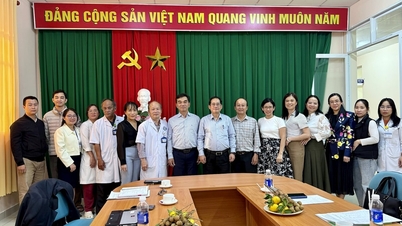









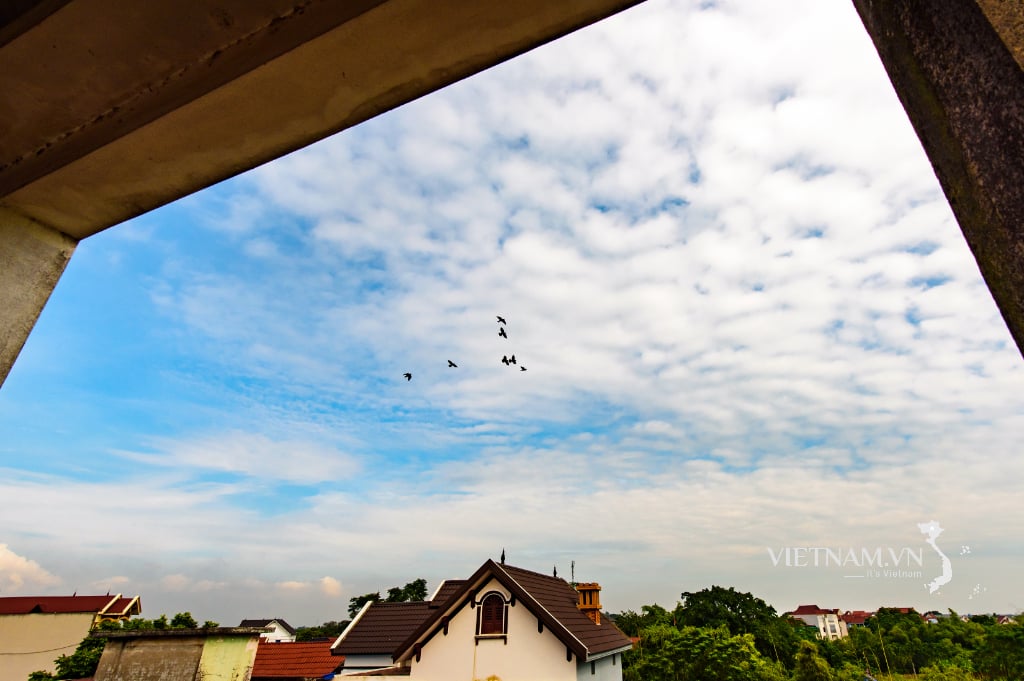


Comment (0)